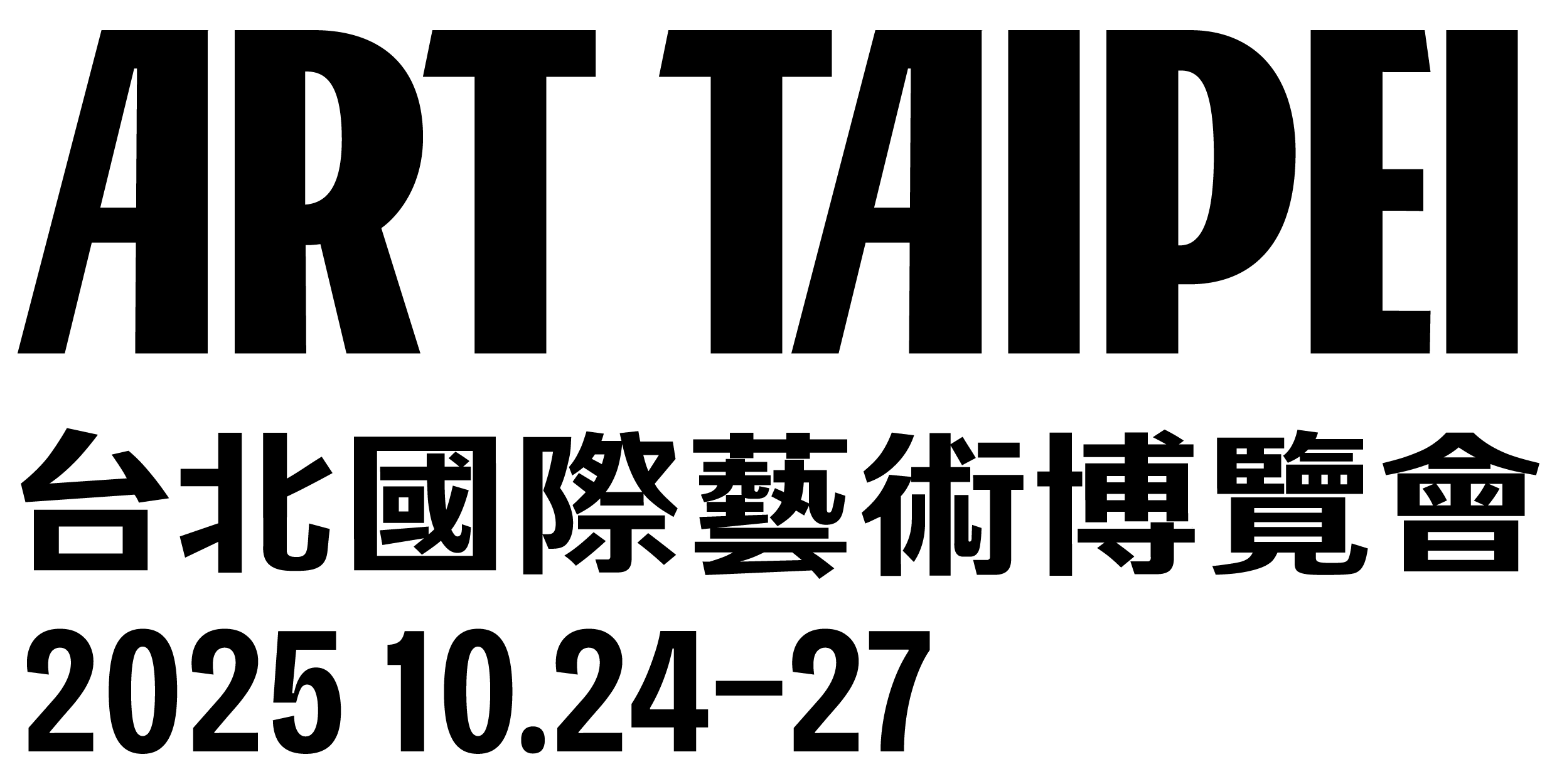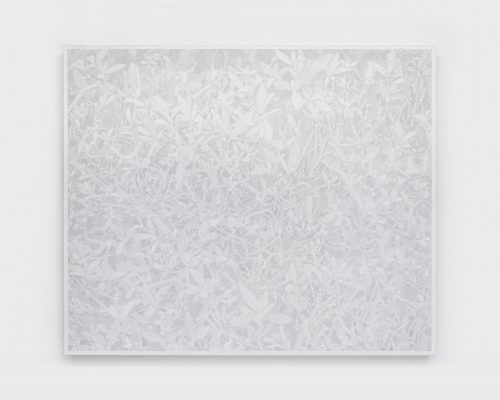Hikaru SAWADA is a Kyoto-based artist born in Shiga, Japan in 1999. He graduated from Kyoto University of the Arts, Department of Fine and Applied Arts, Oil Painting Course in 2021. His accolades include the Kenjiro Hosaka Prize at the 2020 Kyoto University of the Arts Graduation Works Exhibition. Sawada selects motifs from everyday life and creates paintings that gently diffuse light throughout space. A scenery in a painting, he believes, can shift its form through the act of thinking of someone—he aims to preserve these transient forms on the surface of the canvas. Since his 2020 series Shape of Light, he has focused on how images—or the painting itself—can reflect light. To this end, he emphasizes the material presence of the surface to allow light to bounce back outward. Through repeatedly layering lines to examine the balance of light and shadow, he reconsiders the subject as a physical entity. This practice seeks not a confrontation of opposing forces, but a quiet equilibrium. His motifs, such as the moon and landscapes, serve as the starting point for this ongoing exploration.
Hikaru SAWADA – graphite Series
Hikaru SAWADA’s graphite series explores the essential act of drawing through meticulously rendered pencil works on paper. The inspiration for this series emerged from encountering Vija Celmins’ lithographs at a museum exhibition. In these works, graphite lines nearly dissolve into the surface, yet the presence of the artist’s hand—its gesture and trace—remains perceptible, even pronounced.
SAWADA also focuses on the physical nature of pencil marks that, when drawn with pressure, leave behind lasting impressions—almost like scars on the paper. These traces are seen not only as aesthetic elements but also as metaphors for communication, memory, and the invisible dynamics of human interaction.
Motifs and Context
Recurring motifs in the series—street trees, hedges, and urban greenery—are elements of the everyday landscape that bear signs of human intervention. Trimmed branches and carefully maintained forms reflect gestures of care and control embedded within the spaces we inhabit.
Since 2024, SAWADA has been living and working in a shared studio, where private and public boundaries blur. The complexities of shared life—negotiating space, cleaning, organizing—have become a central concern, especially in how acts of “maintenance” can unintentionally carry implications of exclusion or authority.
Through these quiet yet layered drawings, SAWADA examines the delicate balance between care and control, offering a nuanced reflection on coexistence, space, and human presence within the landscape.

